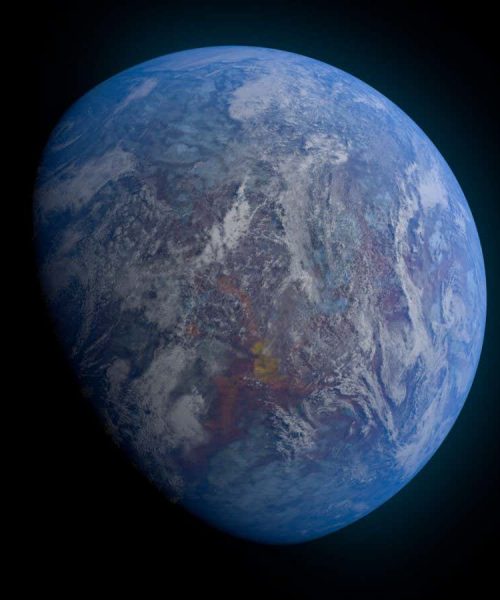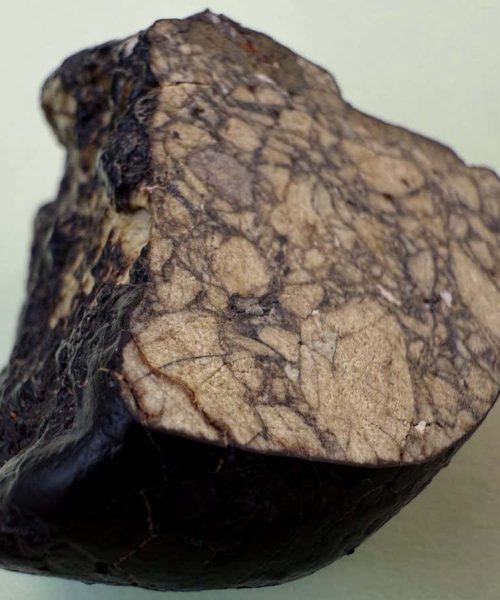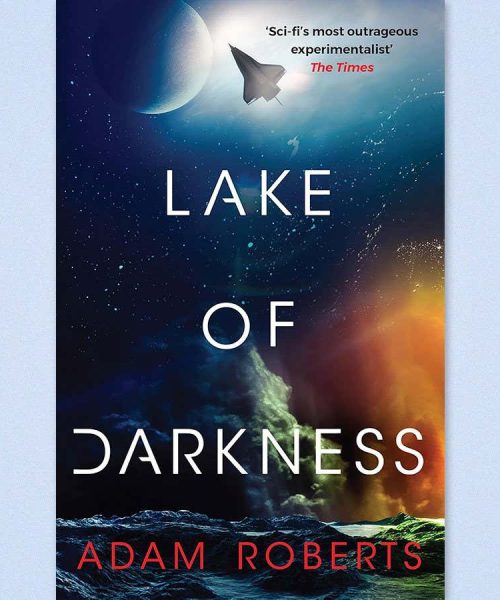
Graphic designer Kendall Rust captured a plane flying through the total eclipse in Jonesboro, Arkansas
Kendall Rust
The total solar eclipse that passed across North America on 8 April drew millions out to the path of totality – the thin strip of land across which the moon’s silhouette blocked out the entire disc of the sun. Even more gawked at the partial eclipse visible across most of the continent. Here are five of New Scientist’s favourite images from 2024’s total eclipse.

The beginning of the solar eclipse
NASA/Aubrey Gemignani
On the right side of this image, which was taken in Kerrville, Texas, you can see the edge of the moon just beginning to encroach on the sun. Closer to the centre and left side of the sun are a pair of sunspots – dim areas where the surface of the sun is unusually cool.
Advertisement

Baily’s beads
NASA/Aubrey Gemignani
This picture, also taken in Kerrville, Texas, shows a phenomenon called Baily’s Beads. Just before and after complete totality, the topography of the moon allows small beams of sunlight to peek around its edges, creating bright spots on the edge of the moon’s silhouette.

The shadow of the moon
CIRA/NOAA
This image was taken by the GOES-East satellite, which observes Earth from space for weather monitoring and forecasting. The moon’s shadow swept across Mexico and the US during the eclipse, creating a pool of twilight-like darkness at its centre and partial eclipses at its edges.

Prominences
NASA/Joel Kowsky
During totality, pictured here from Indianapolis, Indiana, several prominences were visible on the edges of the sun. These are areas where the sun’s complex magnetic field shapes hot plasma into bright loops and flares that burst off the sun’s surface, and they are easiest to observe when the disc of the sun is blocked by the moon.

Solar corona
NASA/Keegan Barber
For scientists, the main importance of a total solar eclipse is that it provides a unique opportunity to view the sun’s diaphanous outer layer, the corona. When the disc of the sun is not blocked, it far outshines the corona, so an eclipse is the perfect time to study this mysterious sheet of plasma, shown here during totality in Dallas, Texas.

Solar Eclipse 2024
On 8 April a total solar eclipse will pass over Mexico, the US and Canada. Our special series is covering everything you need to know, from how and when to see it to some of the weirdest eclipse experiences in history.
Topics:





